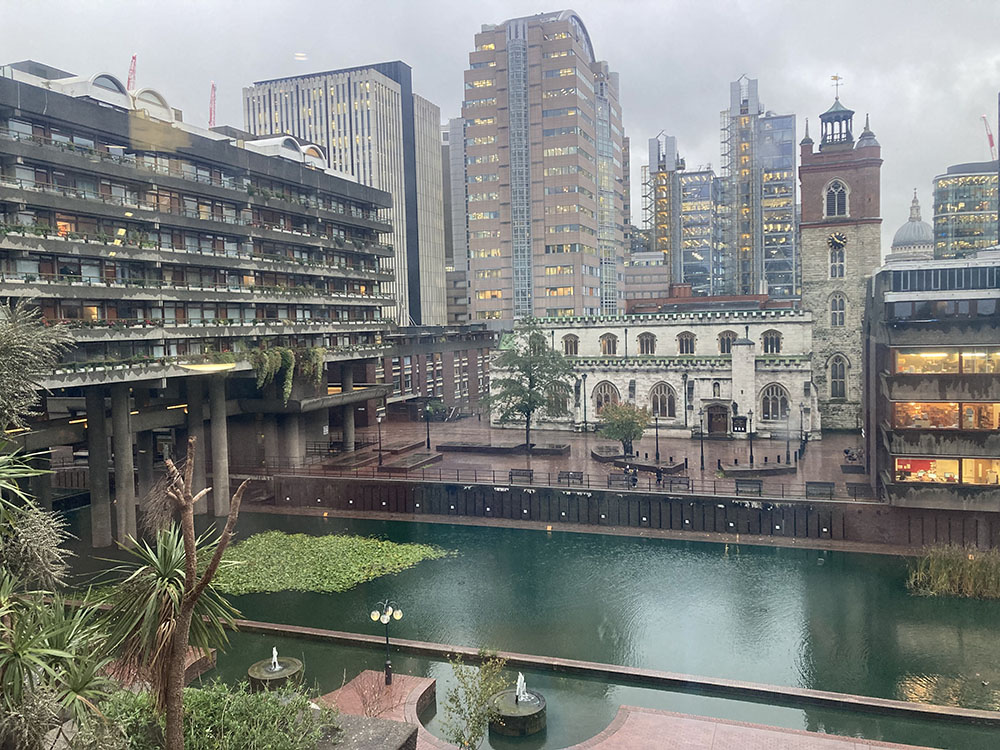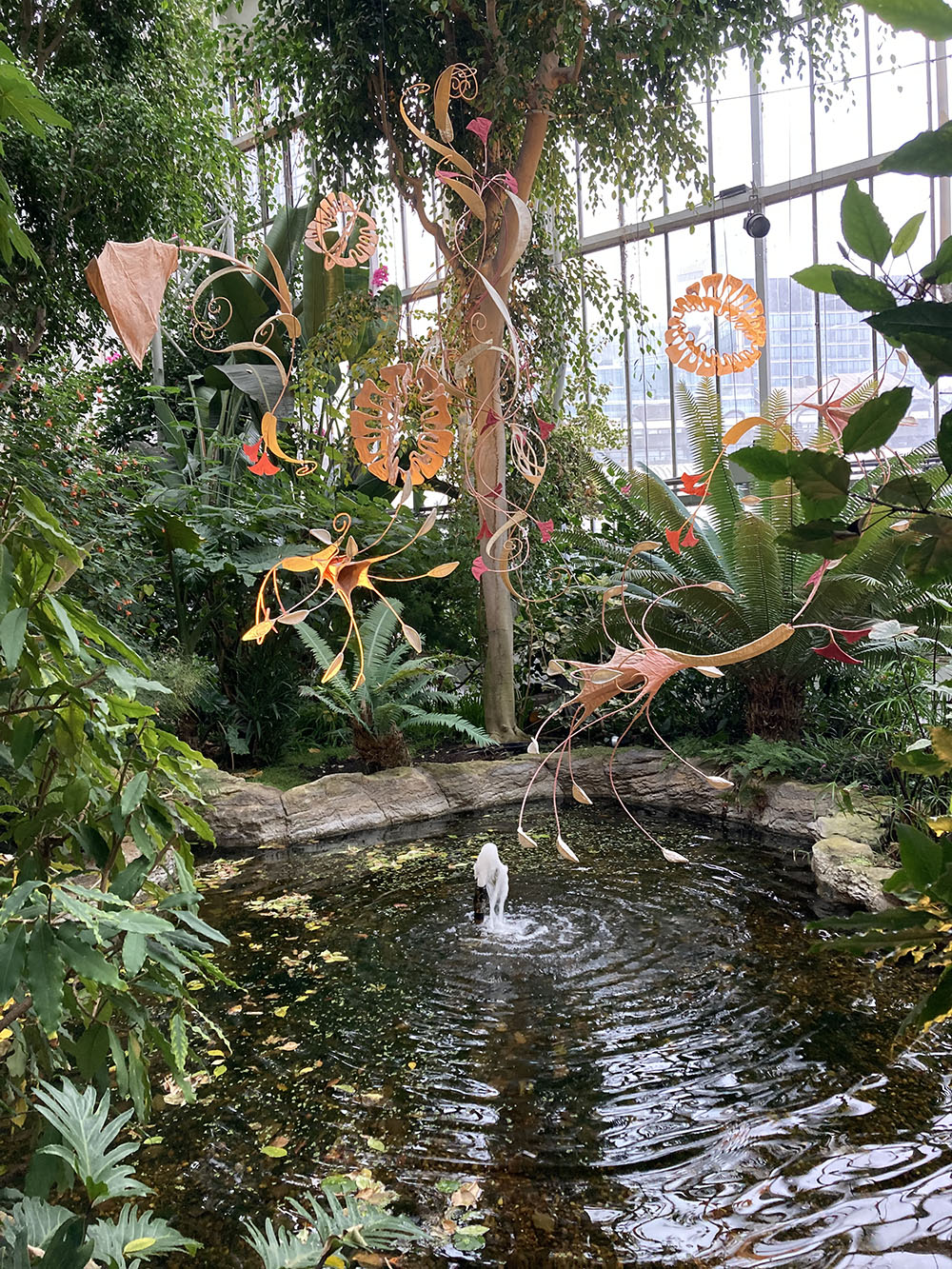
At the beginning of November, I was given the opportunity to attend the Association of Historical and Fine Art Photography (AHFAP) Conference 2023 at the Barbican Centre in London. The keynote speech by Catherine Croft from The Twentieth Century Society gave an overview of the history of the development of the Barbican, and its relationship with the photographers who have attempted to capture it – each approaching it from a unique perspective. I found all the talks fascinating, but I wanted to highlight a few in this blog that I felt captured some of the main themes I noticed in the conference this year.

Endangered Archives Programme
Starting off with the theme of ambitious projects, is the Endangered Archives Programme and the talk by Jonathon Vines and Eugenio Falconi on “How to set up a digitisation studio on a budget”. The Endangered Archives Programme is an initiative run by the British Library which seeks to preserve and digitise archives and cultural heritage that is at risk of being lost. Since the programme began in 2004, it has digitised over 12 million images.
In their talk Jonathon and Eugenio described how, in partnership with the Endangered Archives Programme, they set up 3 international hubs which allowed them to provide in-person digitisation workshops. Specifically, they talked through their experience of setting up and running a digitisation studio and workshop in Lesotho. They talked through some of the different challenges they faced including; logistical, financial and geographical. However, the benefits of the workshop were apparent in the increase in knowledge and confidence gained by the participants, which they could then take away and apply to their own digitisation projects. It was really interesting to hear about a project of this scale being successfully carried out and how archives at risk of being lost have been captured and digitally preserved.
Large Object Photography at the Science Museum
The second theme to highlight is ingenuity in capturing unusual or challenging objects in collections. Andrew Tunnard from the Science Museum Group discussed their recent move to a new purpose-built collections facility in Swindon. Part of the move involved photographing a number of large objects – and in this case ‘large’ means very large with objects including; cars, trains, fire engines and more. This required a great deal of logistical planning – even including laying railway tracks to manoeuvre a train engine into place. The photography of the objects also required careful planning so that each could be documented accurately, including considerations around consistent lighting and minimising reflections. For each object, several images were digitally combined together to create the best final image.
The objects they are working with at the Science Museum are of a much larger scale than anything we have seen here at the CHDS, but I could still see parallels with the objects we see here in the studio as they all have their own unique requirements and challenges when capturing them.
Memory Bank Project – Documenting Blythe House
The final theme to touch on is that of photography as a means of both documenting and storytelling. Kevin Percival and Laura Humphreys discussed the Memory Bank Project and book they produced documenting Blythe House in London.
Blythe House, was constructed in the early 1900s as the Headquarters of the of the Post Office Savings Bank, employing around 4000 staff. In the 1970s the Bank moved its Headquarters, and the building was bought by the UK Government and turned into a joint collections storage facility for the V&A, Science Museum and British Museum. However, in 2015 it was announced that the building was to be sold and the three museums were to begin a project decamping from Blythe House.
During the removal from Blythe House, Kevin and Laura collected oral histories from current and former employees and took portraits around the building of its rooms, objects and resident staff. The photographs and stories captured moments in time in a unique building and will become an important document of Blythe House’s past lives.
Overall, I found this year’s AHFAP conference really engaging and loved hearing both about the projects going on in the cultural heritage photography and digitisation field and the people who are driving it forwards.

Miranda Strachan, Digitisation Operator
Be First to Comment